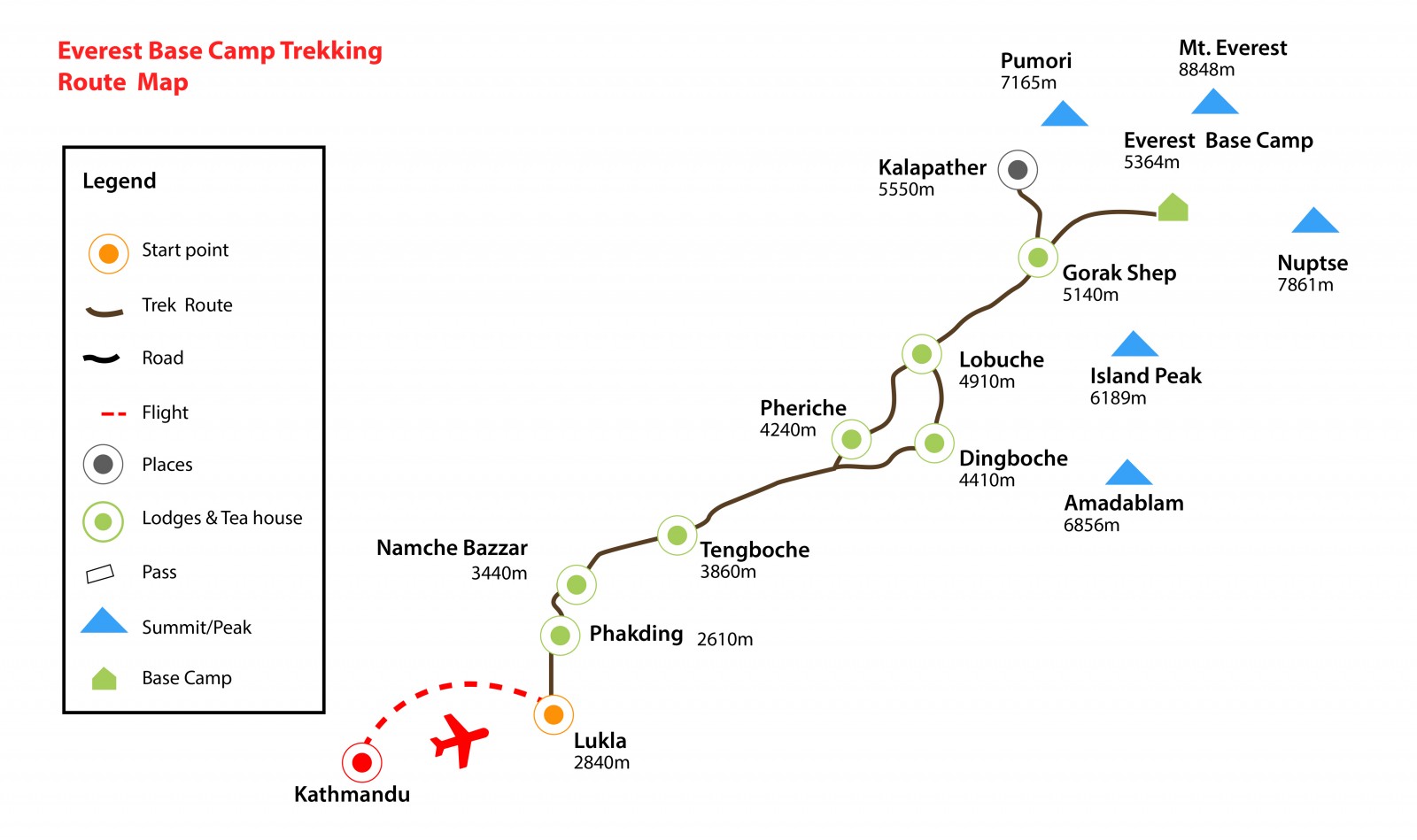Everest Base Camp Trek Overview
Embark on the extraordinary journey of the Everest Base Camp Trek, an adventure of a lifetime through the heart of the Everest region. This epic odyssey navigates through picturesque Sherpa villages and awe-inspiring glaciers towards the pinnacle of the world, Mt. Everest. Over the course of 17 days, immerse yourself in the rich Sherpa culture, ascend Kala Pattar for breathtaking views, and encounter the serene beauty of ancient mani stones and prayer flags amidst the towering Himalayan peaks.
Commencing from Lukla, a charming town nestled 18 km from Namche Bazaar, the trek unfolds over a week, culminating at Everest Base Camp. Following in the footsteps of legendary Sherpas and mountaineers, this journey is a testament to human endurance and spirit. During peak seasons, hundreds of trekkers traverse the path daily from March to June and September to December, drawn by the allure of this renowned route.
The 17-day Kathmandu Tour with Everest Base Camp offers a comfortable tea house trek experience, where accommodation and meals are provided in cozy tea house lodges along the trail. The package includes twin-sharing lodgings and three daily meals, as well as essential permits, a knowledgeable guide, and round-trip flights between Kathmandu and Lukla. However, expenses for beverages, travel insurance, and personal items are not included.
Given the challenging terrain and varying weather conditions, proper trekking gear is essential for the Everest Base Camp Trek. Prepare for cold temperatures with adequate clothing, including a warm sleeping bag and down jacket, sturdy trekking boots, and other necessary equipment. While days may be sunny, mornings, evenings, and nights can be considerably chilly. Expect to trek approximately 10-15 km daily for 5-6 hours, traversing rugged mountain trails characterized by steep ascents and descents. Adequate preparation ensures a fulfilling and memorable journey amidst the world’s highest peaks.
A Thrilling Journey to the Top of the World
The trek typically starts in Lukla, a quaint mountain town accessible by a thrilling flight or a scenic trek from Jiri. From there, the path winds through verdant valleys, past traditional Sherpa villages adorned with prayer flags, and over suspension bridges spanning gushing rivers.
Witnessing Everest’s Majesty
The highlight of the trek is undoubtedly reaching Everest Base Camp, nestled at 5,364 meters. Standing at the foot of this behemoth, dwarfed by its colossal presence, is an experience that leaves you speechless. But the views don’t stop there. A short climb up Kala Patthar rewards you with a breathtaking panorama of the entire Khumbu Valley, with Everest, Lhotse, and Nuptse standing tall like celestial guardians.
A Trek for Everyone
While the Everest Base Camp Trek is challenging, it’s achievable for trekkers of all ages and fitness levels with proper preparation and acclimatization. The well-established trail offers various accommodation options, from basic teahouses to luxurious lodges, and numerous restaurants cater to all tastes.
More Than Just a Trek
The trek is an immersion into the Sherpa culture. You’ll encounter their warm hospitality, witness their colorful prayer flags fluttering in the wind, and learn about their unique traditions and way of life.
Beyond Base Camp
The Everest Base Camp Trek is just the beginning. For those seeking further adventure, the region offers numerous side treks to stunning destinations like Gokyo Lakes and Khumjung Village. If you’re feeling even more ambitious, you can attempt climbing peaks like Mera Peak or Island Peak, or even participate in an expedition to one of the Himalayan giants.
Planning Your Dream Trek
The best time to embark on the Everest Base Camp Trek is during the spring (March-May) or autumn (September-November) seasons, when the weather is clear and skies are blue. With careful planning, choosing the right time of year, and proper acclimatization, you can turn your Everest Base Camp dream into a reality.

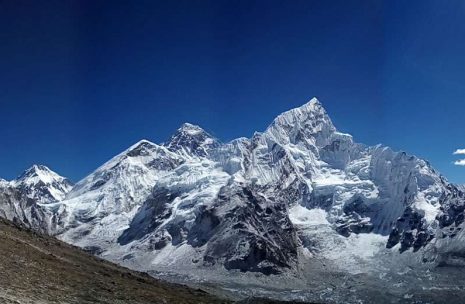
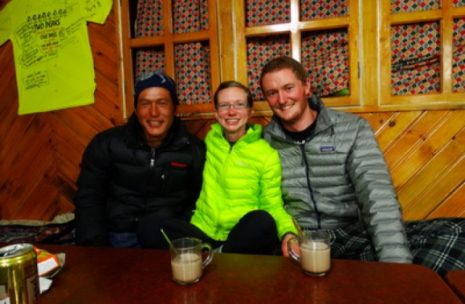
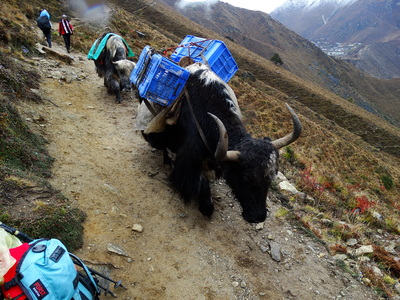
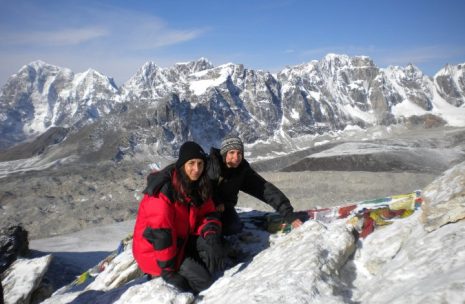
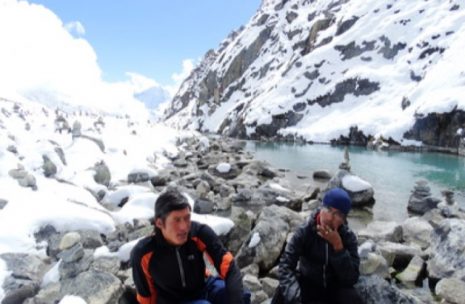
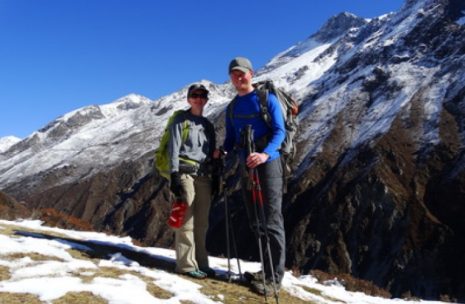


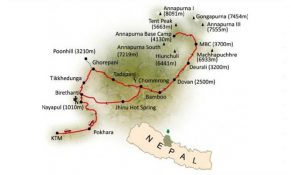
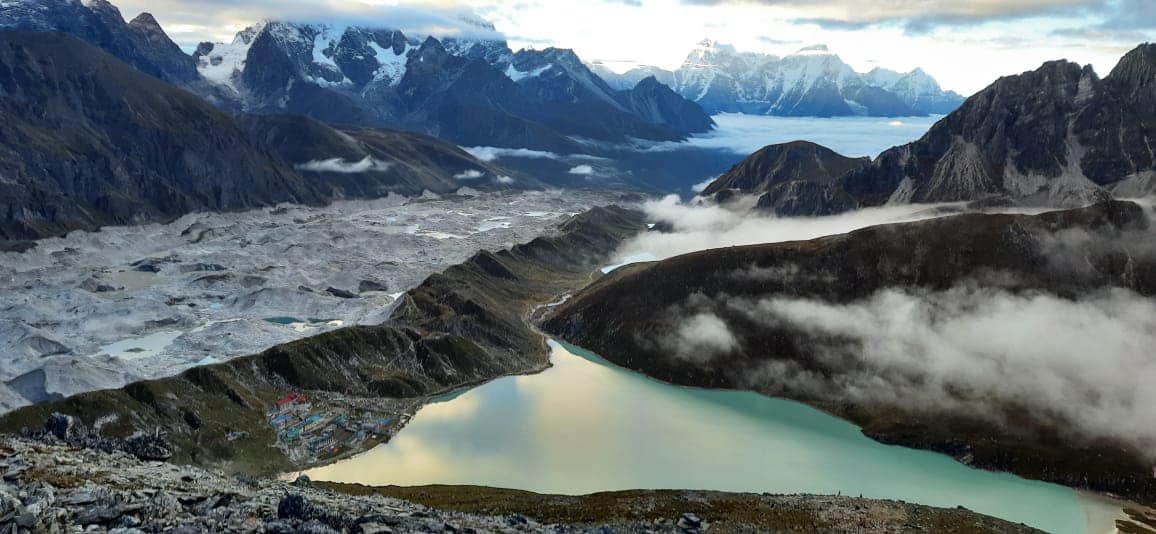 Gokyo Lake Trek 11 days
Gokyo Lake Trek 11 days
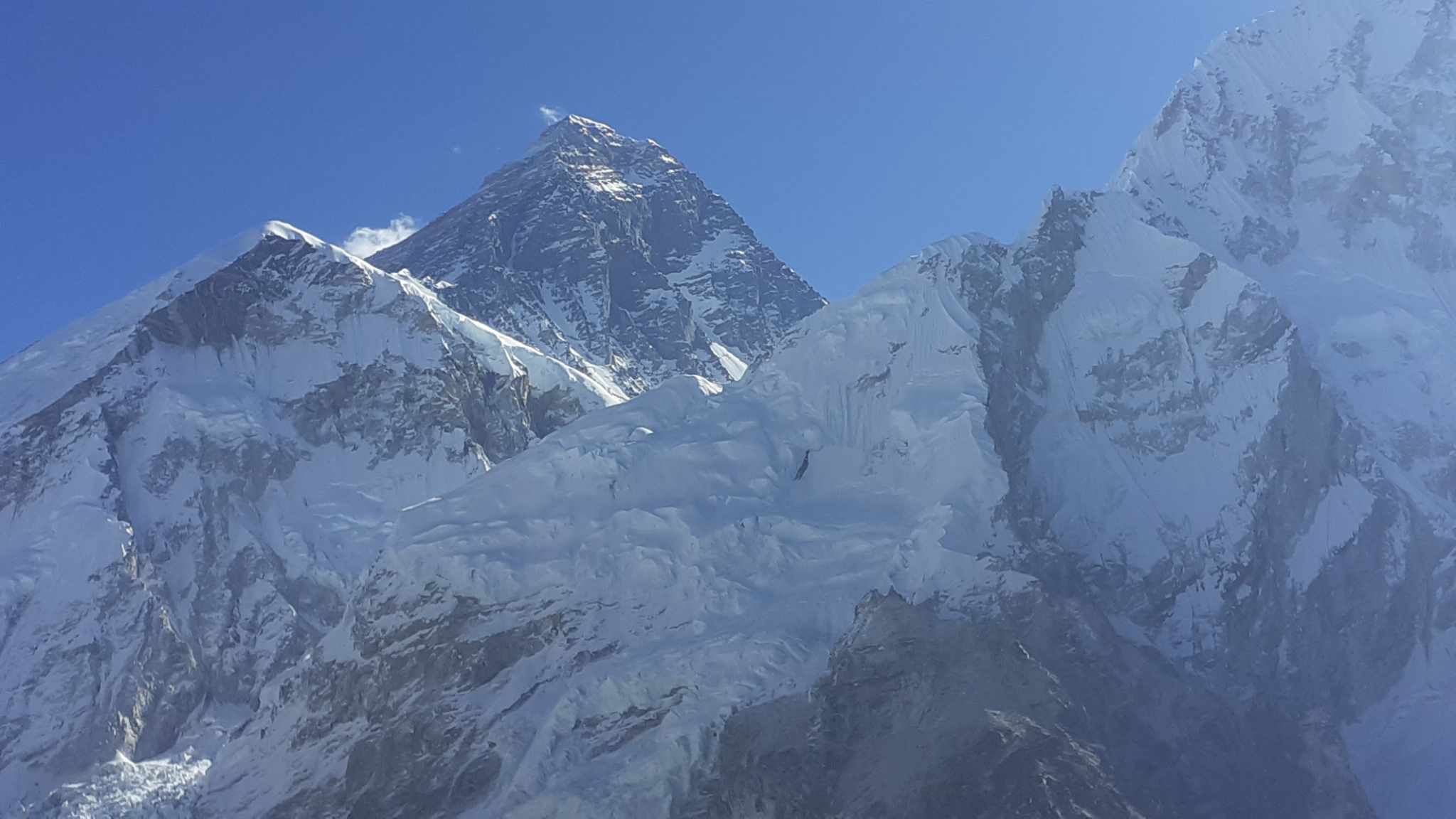 Everest View Trek Nepal 7 Days
Everest View Trek Nepal 7 Days
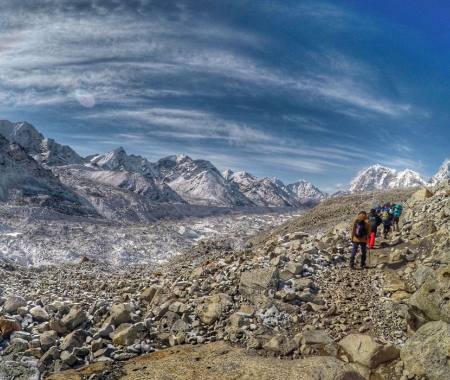 Luxury Trek to Everest Base Camp – 7 days
Luxury Trek to Everest Base Camp – 7 days
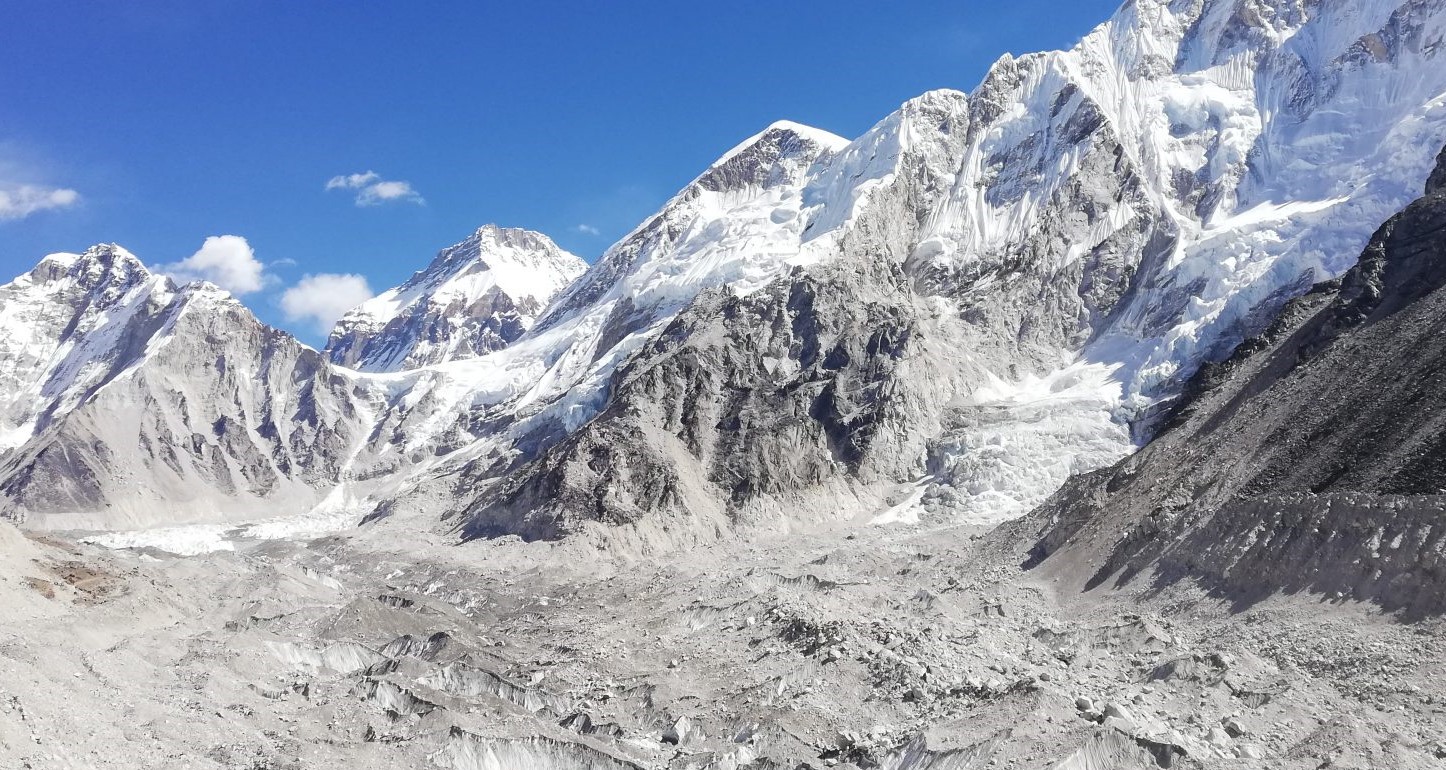 Luxurious EBC and Gokyo Lake Trek – 11 days
Luxurious EBC and Gokyo Lake Trek – 11 days
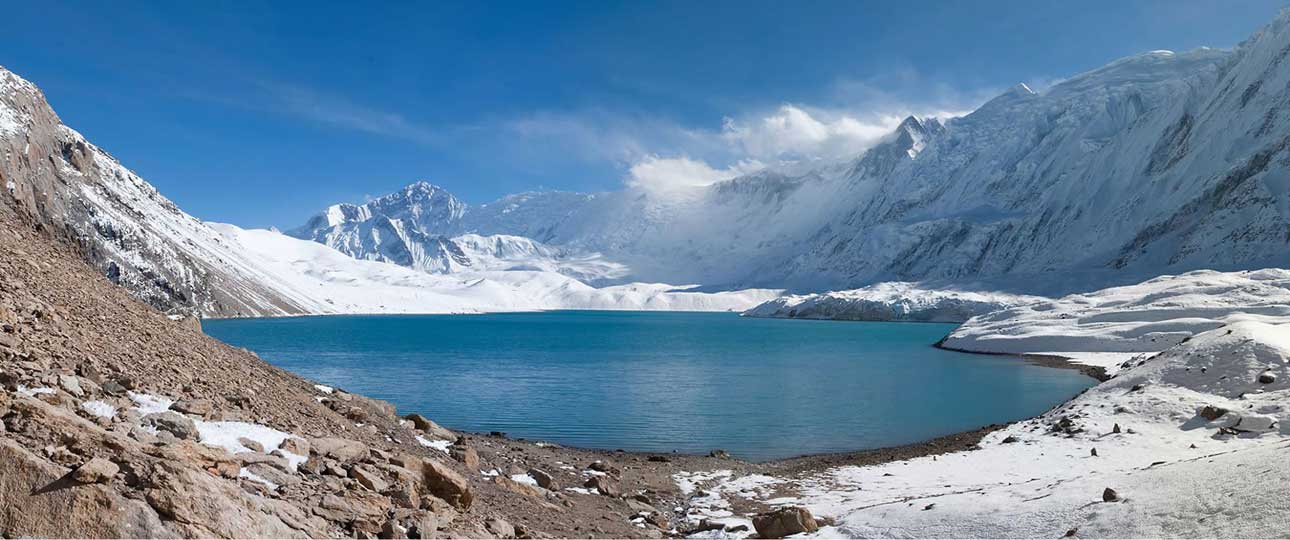 Dudh Kunda Trek – 15 days
Dudh Kunda Trek – 15 days
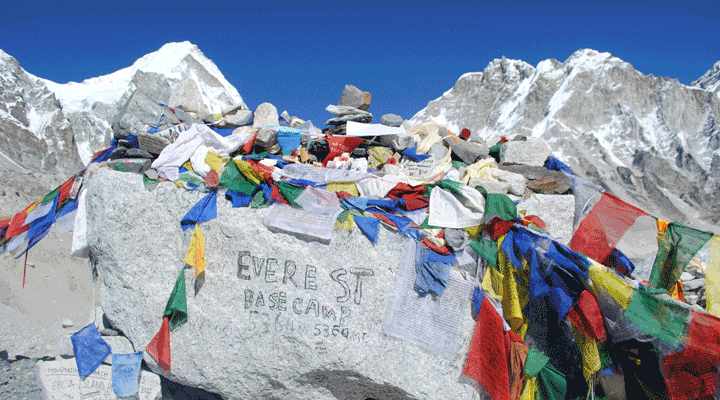 Everest View Trek – 13 days
Everest View Trek – 13 days
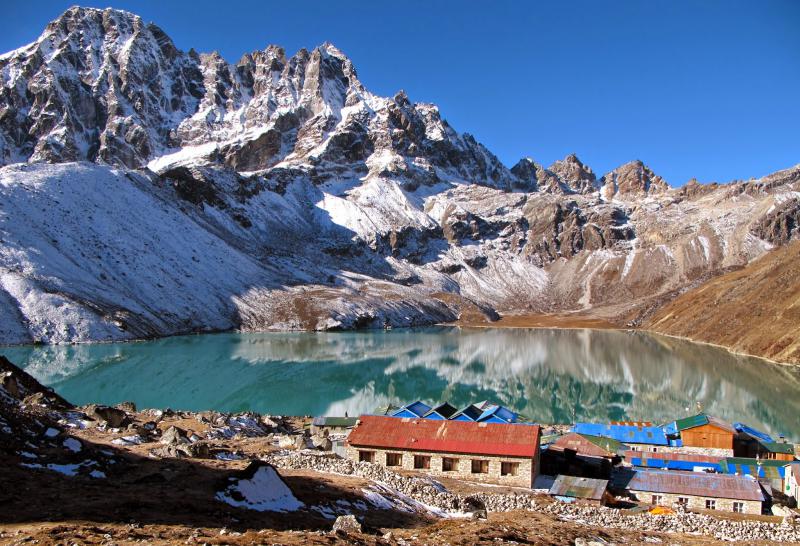 Gokyo Lake Trek – 16 days
Gokyo Lake Trek – 16 days
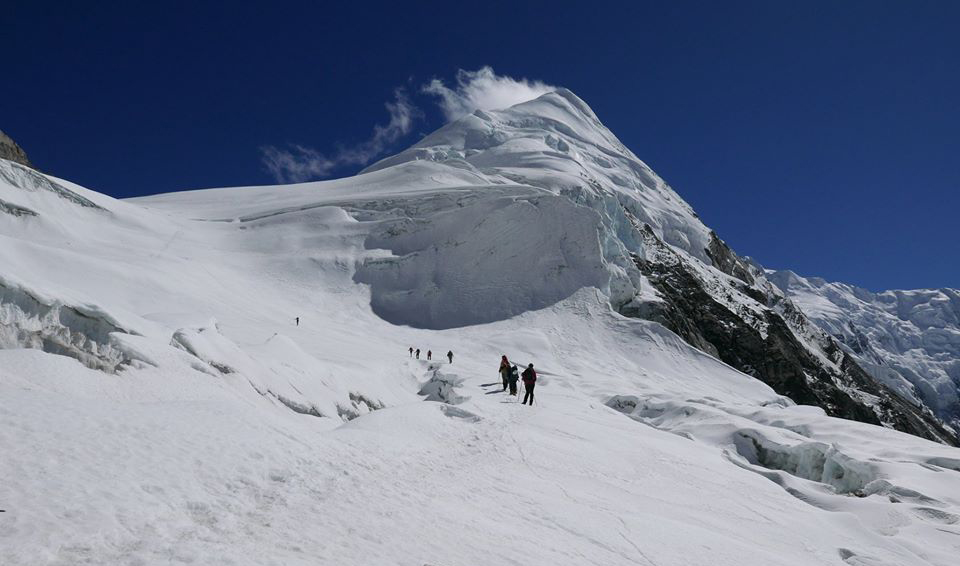 Gaurishankar Himal Trek – 18 days
Gaurishankar Himal Trek – 18 days
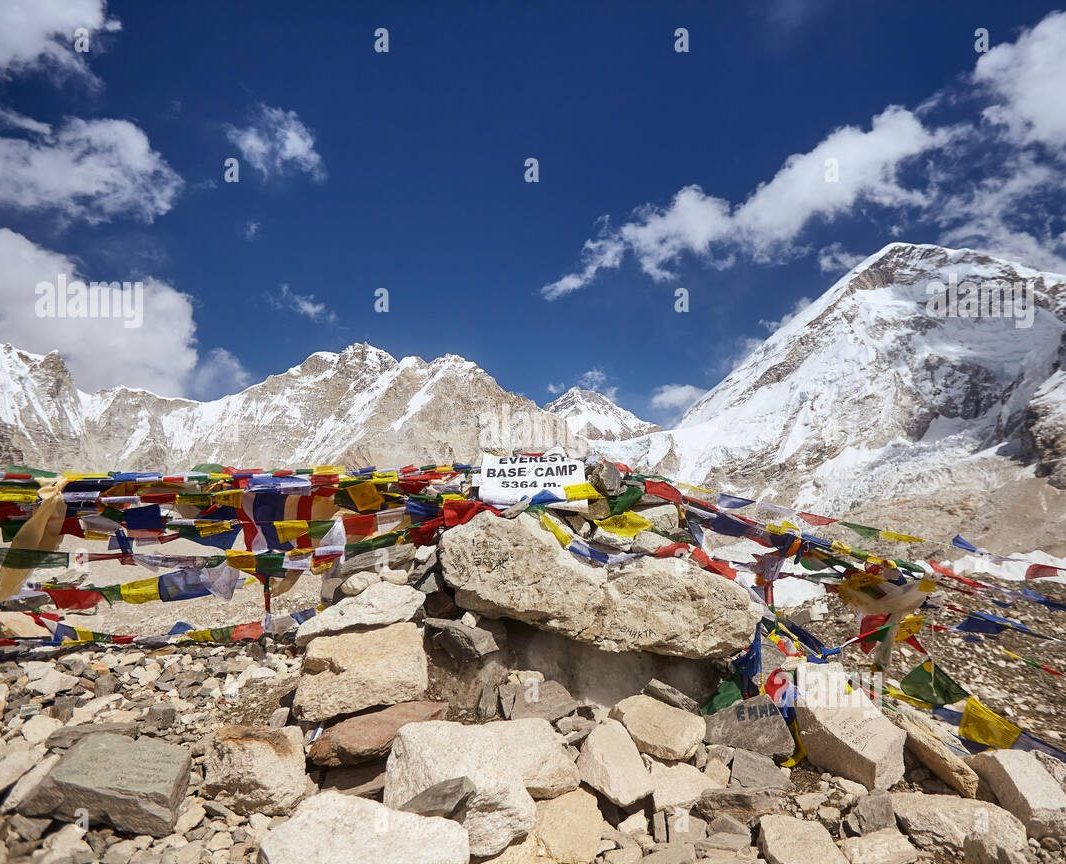 Phaplu to Everest Base Camp Trek – 19 days
Phaplu to Everest Base Camp Trek – 19 days
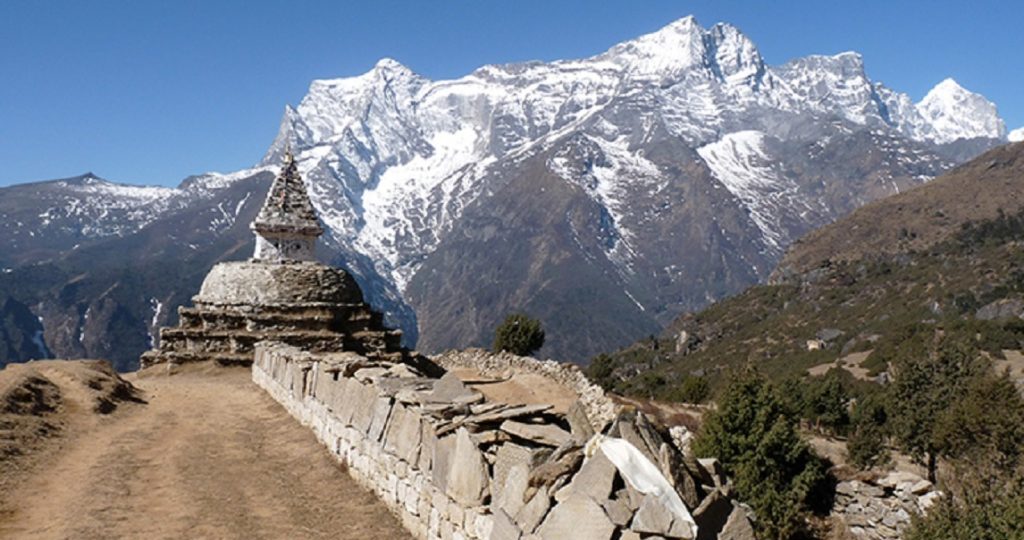 Jiri to Everest Base Camp Trek – 22 days
Jiri to Everest Base Camp Trek – 22 days
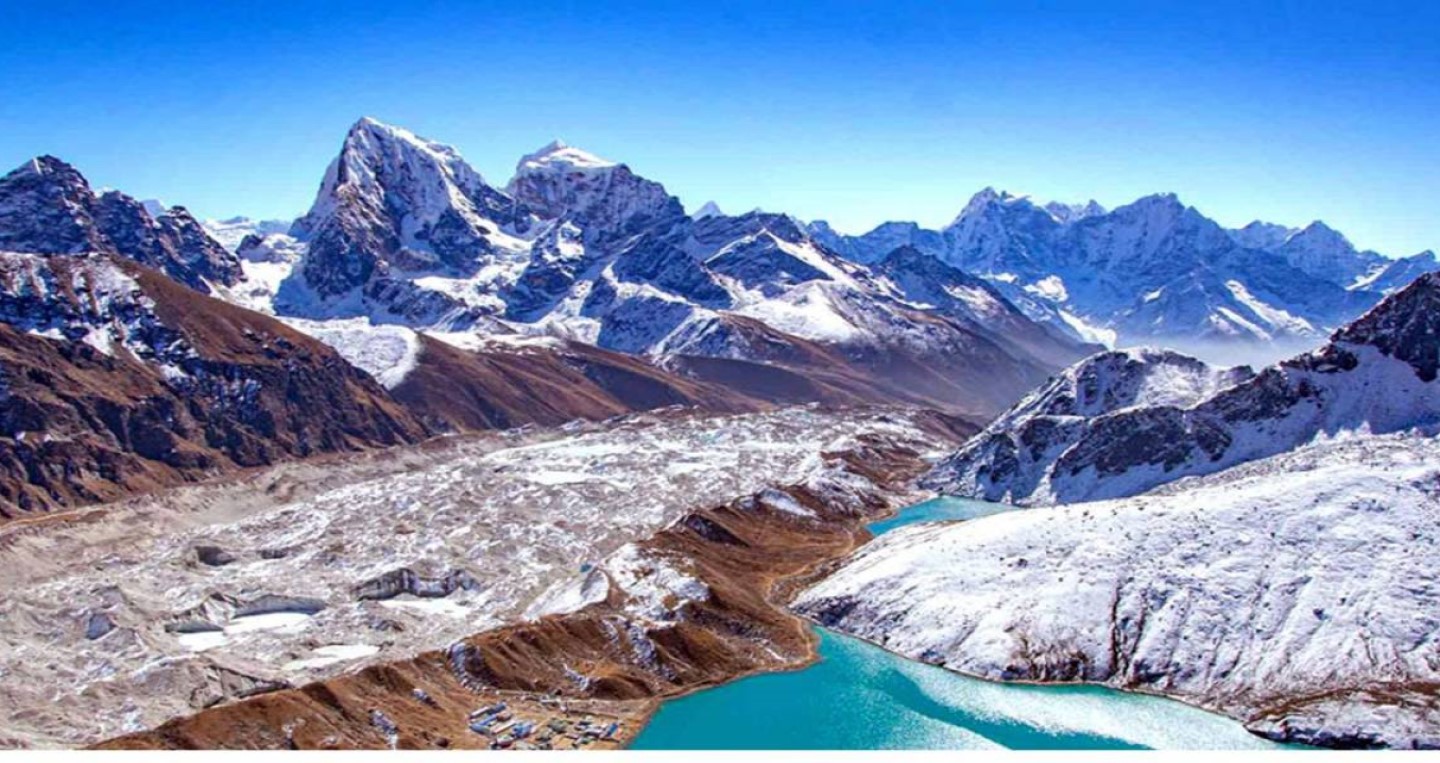 Everest Base Camp and Gokyo Lake Trek – 15 days
Everest Base Camp and Gokyo Lake Trek – 15 days
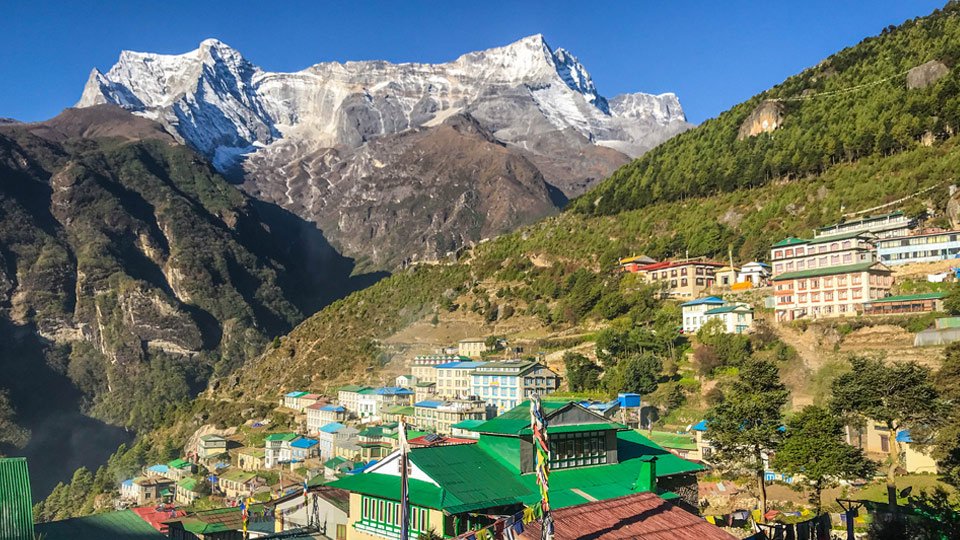 Namche Bazaar Trek – 8 days
Namche Bazaar Trek – 8 days
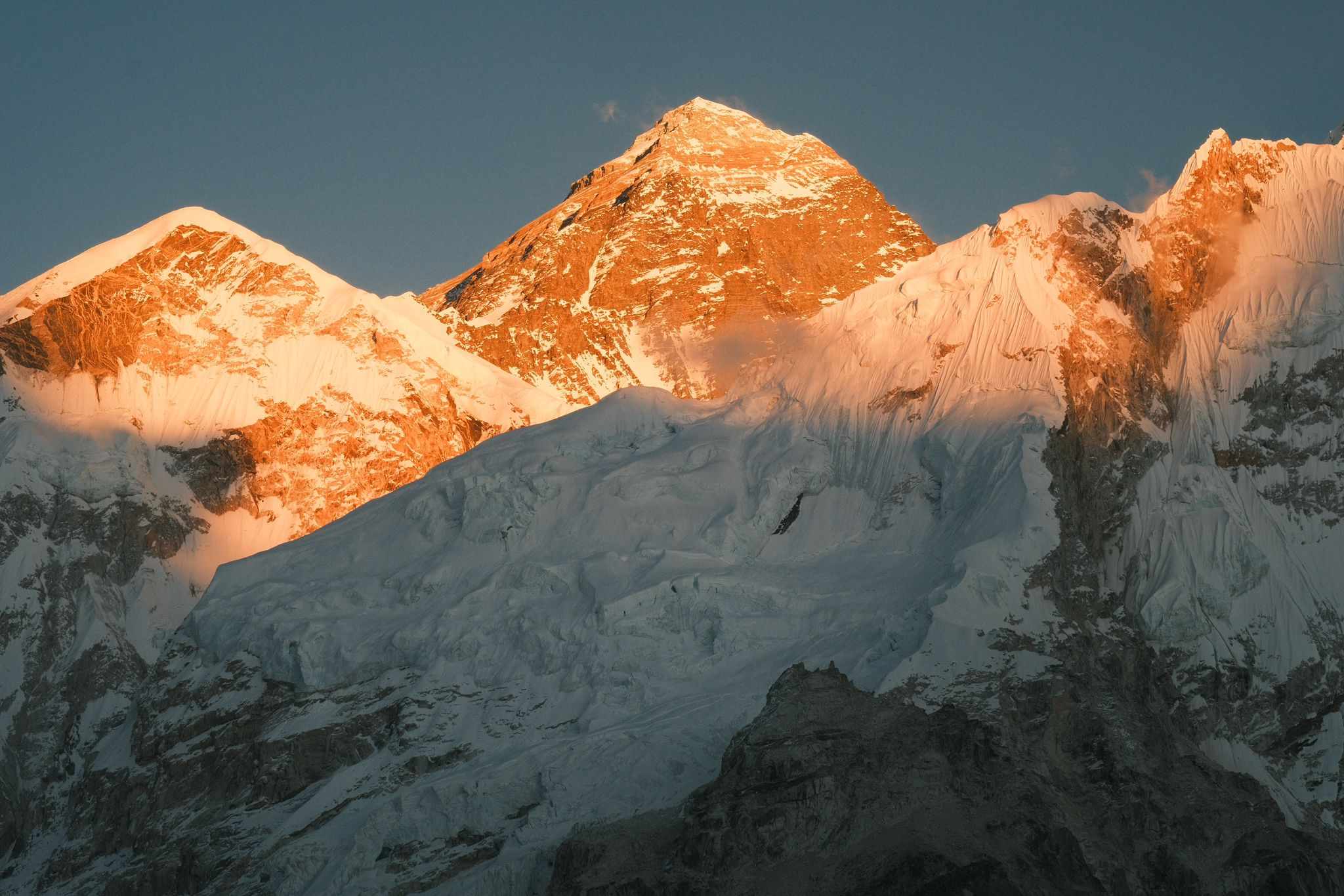 Everest Base Camp Short Trek 12 days
Everest Base Camp Short Trek 12 days
